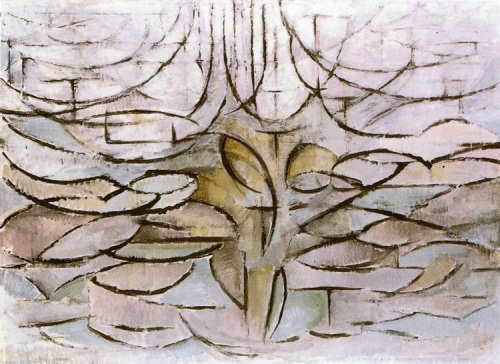After our lunch break, we came back to a lecture on the History of Floral Design. This is too big a topic to blog all at once, but it’s fascinating to think of borrowing from the past and really knowing the era you’re trying to reflect. Our parallel designs are inspired by the Egyptian period, our garlands a toast to the Greeks and Romans, our Roundy Moundies mirror the tightly massed, garden-inspired designs of the Victorian era. And now that I’ve been studying floral design, I’ve been noticing floral arrangements in movies and television – and just like everyone else, I’m in love with the PBS Masterpiece Classic Downton Abbey. In the scene pictured, we are in a late Edwardian time period, but the flowers behind poor Edith Crawley (who has just not been proposed to, alas) are Victorian in style – packed to the gills with flowers, softened with greens, spherical and opulent. I think a whole blog entry at a later date on the flowers of D.A. is in order, don’t you?
Sigh. In today’s class we created an arrangement from the Art Nouveau period, which lasted from the 1880’s to around 1920 and slightly beyond, and was defined by it’s sinuous whiplash curves and highly stylized yet organic look. Look at Hector Guimard’s subway station designs he did for the Paris Metro – (transportation built to accommodate the many visitors for the Paris World Fair in 1900.)
Alphonse Mucha turned advertising into miniature Art Nouveau romantic masterpieces.
So how do you translate the stylized, curvy look of Art Nouveau into floral design? I think choosing flowers that already have that look is a start – like the calla lily. Calla lilies, with their sensuous curves and lines, could just be the perfect representation of the Art Nouveau period. They probably also work with the Art Deco period too. Then there’s the overall shape of the design itself. In today’s class, we’re creating Jane’s very favorite design, the Cascade Design.
The Cascade or Waterfall design is characterized by a steep flow of materials in an extended cascade. Alternating layers of flowers and foliage of delicate textures creates depth and a flowing effect. Non-floral, reflective materials like metallic thread are often used to capture the splashing light of a waterfall.
Jane begins with a tall vase containing floral foam held in by a chicken wire cage (lashed on with waterproof tape.) One side of the floral foam is a little chunkier to accommodate for more hanging plant material. She creates a base of greens to cover some of the foam at the top, using Apidistra leaf pinned in on themselves to create a bullkier look for the front, and the ever useful Galax leaf at the back. Then the fun begins – using long flowing greens like Springeri Fern (prickly!) and Italian ruscus to start the cascade effect. She also scores some Apidistra so it seems like it has many long thin leaves. The cascade should go “out and down.” The key here is layering.
Jane then adds the line flowers – Calla lilies in this case – which she coaxes into a bendier shape and wires the end of each stem to help it stick in easier. Callas don’t need too much water. She adds focal flowers, like mums and carnations, and then some lisianthus. Don’t forget, not all the stems need to point down, because “Water falls down, then splashes up,” she says, quoting a favorite designer of hers, Gregor Lersch. Gregor Lersh is amazing! More on him later.
To create a string of roses, just thread wire through the rose head’s base (calyx) – the first one will have the wire closed off as seen above. Then just add more and more and more rose heads and you can adjust where they sit by sliding them up and down, and they’ll stay there pretty well. Wrap the end of the wire around a floral pick, and boom, insert it right into the foam at the top. The silver of the wire adds the splashing light effect and lightens the density of the design. Lighten further with other lacy plant material like Genista, and voila! Cascade design is done.

Jim's design uses anthurium as a focal flower, and because he used a glass container, he filled it with fishtail fern - a lovely effect!!
My cascade design also used Anthurium as a focal flower – some of the ‘Obaki’ left over from our Abstract design class. I chose the smaller white Calla lilies and bound them together with bindwire to achieve length (since they can survive out of water for a while.) Purple lisianthus was pushed into the greenery, and I accented with some light purple Genista and strings of roses on silver wire on both sides.
To water this beast, use a thin spouted watering can to get the floral foam at the center. Mist the rest. Mine lasted about a week, with Obaki drooping and roses withering, but that just “added to the cascading effect,” or so my family told me – I think they were just being nice. I LOVED this assignment, and so did most everyone else in the class. I will certainly repeat the Cascade again, and would love to see a Cascade or Waterfall design on the set of Downton Abbey in Season 3…wouldn’t you?










































